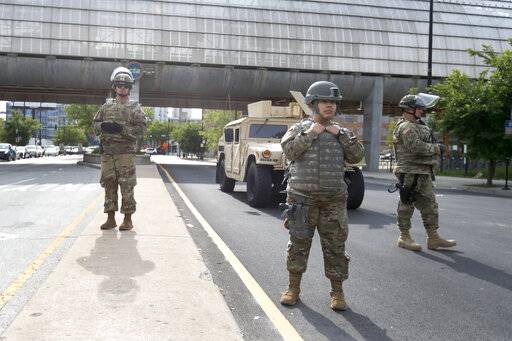Interpersonal Communication
Published (updated: ).
The EMS Uniform Doubles As A Resume
When making contact with a patient, the EMS provider should self introduce at the start of any conversation. Wearing a clean, pressed uniform will go add a long way towards winning the hearts and minds of patients (who, for the most part will be old enough to remember the soldiers of Korea and Vietnam). Good eye contact is key when communicating with patients in an emergency. Eye contact conveys confidence to the patient. The patient doesn’t feel good about their situation but the confidence conveyed with good eye contact could encourage the patient to stay alive long enough to make it to the hospital.

Positioning yourself at a lower level than the patient will help the patient feel less like they are being intimidated and more like they are being helped. Being aware and avoiding threatening body language will disarm the patient and make them more cooperative. Use language the patient can understand as opposed to medical jargon. When speaking to the patient, speak calmly, slowly, and distinctly; be sure to use the patients name. If the patient has difficulty hearing, speak clearly with lips visible. Allow the patient enough time to answer a question before asking the next one. Always, always, always speak in a calm and confident manner.
In many situation, it will not be appropriate to communicate (much less interview) a patient without their family being around to witness. EMS should not take this personally. Keep in mind, that the entire situation of calling 911, getting transported to a hospital, and returning home could completely play out in a few hours leaving the patient to return home and possibly call 911 again (where a family member could have looked after the patient instead of the EMT). Despite the fact that it happens, infants and toddlers, and adolescents should only be seen in the presence of their parents or caregivers.
The EMT should follow department policy in regard to transporting family members. It is unavoidable that family or friend will ride to the hospital with the patient. It is absolutely imperative that a parent or guardian ride to the hospital with patients who are unable to consent due to their age or mental status. Also, family members may have strong opinions about what hospital to transport the patient to, which may be different from opinion of the ambulance crew. At the end of the day, it is the patients’ right to choose what hospital they are transported to (and for that matter who is allowed to influence their decision).


